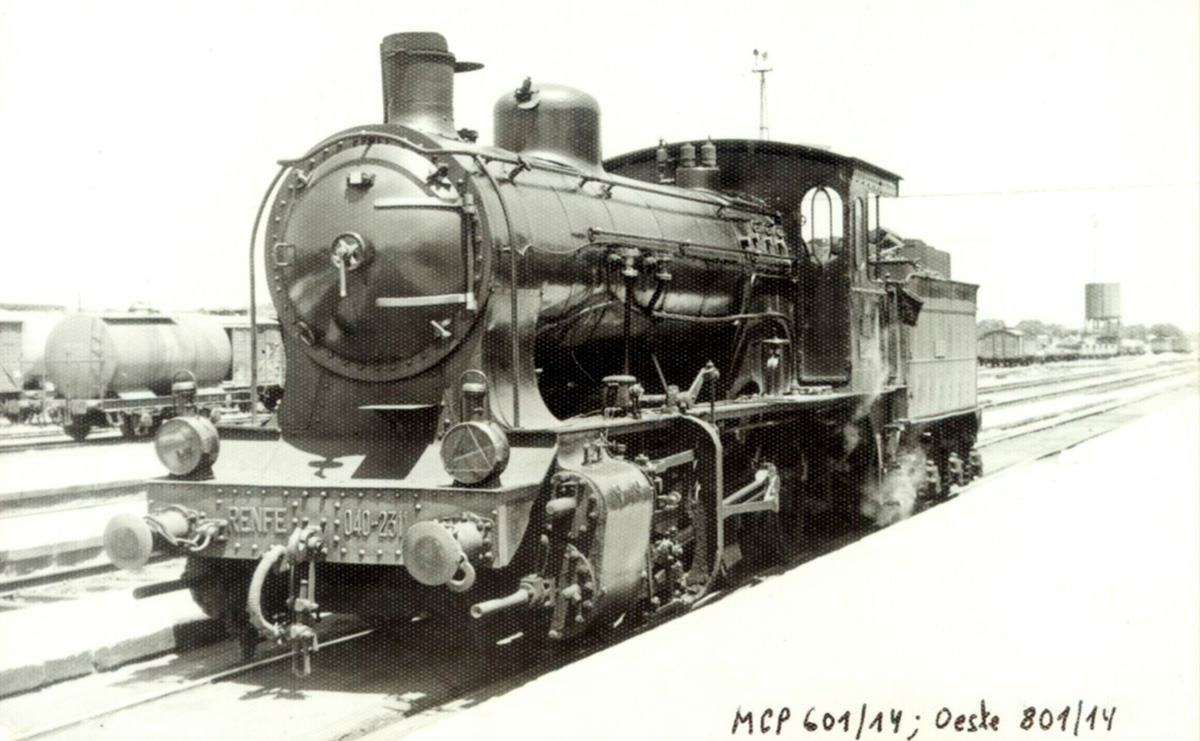Monfragüe Greenway Natural Trail
History of the Railway

(ARENILLAS MELENDO, JUSTO)
This railway line saw its first train pass by on October 20, 1881. The company called “Sociedad de los Ferrocarriles de Madrid a Cáceres y a Portugal, M.C.P,” which had just acquired “Sociedad de los Ferrocarriles de Cáceres a Malpartida de Plasencia y a la frontera portuguesa,” started operating the sections from La Bazagona to Malpartida de Plasencia and from this station to Plasencia-Empalme. They both formed part of this branch line of the Iberian Peninsula’s railway network that came down from Madrid to the vicinity of Caceres (Arroyo-Malpartida Station), where it connected in turn with the first railway line that linked Caceres and Lisbon.
In 1895, M.C.P merged with “Oeste” to create the “Compañía de Explotación de los Ferrocarriles de Madrid a Cáceres y Portugal y del Oeste de España,” a company that was bailed out by the State in 1928 due to its poor economic performance. It was a good opportunity to reduce its name to “Compañía de los Ferrocarriles del Oeste de España,” or “Oeste” for short. Like all broad-gauge railways, in 1941 it was integrated into the new National Network (Renfe).
And all kinds of trains –luxurious and international– passed through here, such as the Lusitania, the Surexprexo, but also modest mail and merchant trains. And all of them, after crossing the graceful viaduct over the Tiétar de La Bazagona, faced a winding route that undulated over the hills of wooded pastureland. The trains arrived at the Plasencia-Empalme Station (later called Palazuelo and now Monfragüe). The name "Empalme" (“Junction” in Spanish) is due to the fact that it linked up with the "Ruta de la Plata", that long railway that ran through the west of the peninsula as far as Astorga, which, unfortunately, was closed in the 1990s.
On November 15, 1990, a new route was opened that eliminated several bends. This meant that the trains did not have to reduce their speed and, in addition, it saved about 1,300 m of tracks. And part of this forgotten route is included in this greenway. Furthermore, there will soon be a third, much faster route: the new AVE (high-speed) line from Madrid to Extremadura.


